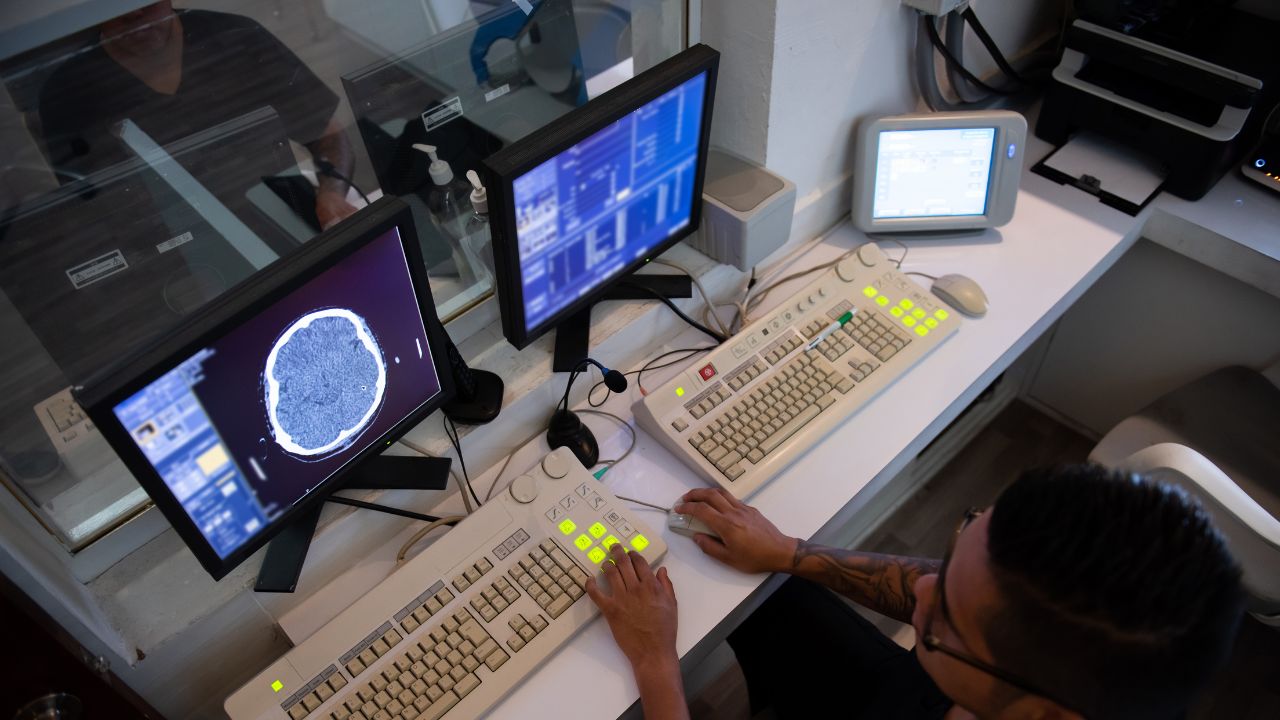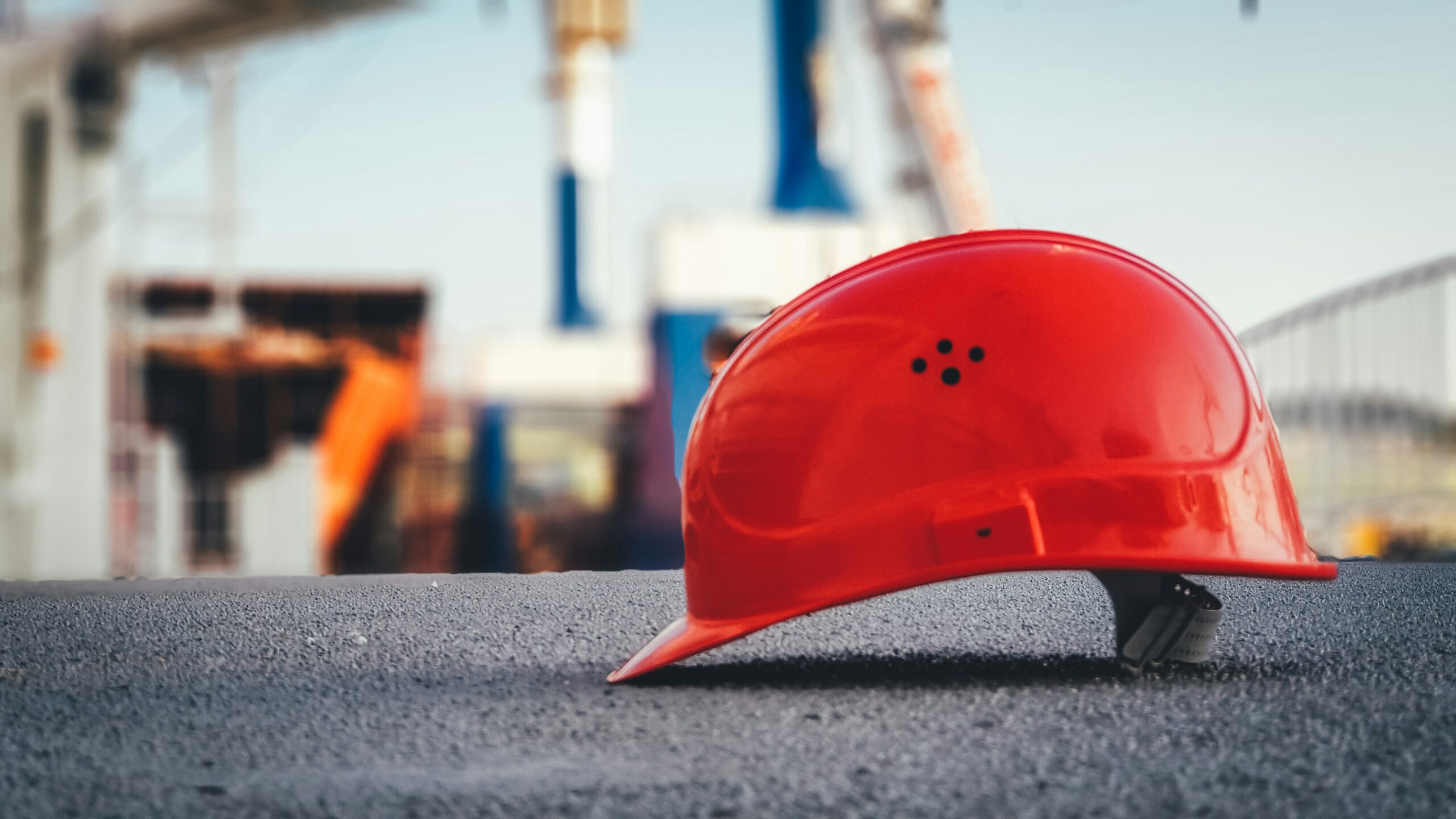Workforce safety is a critical concern for employers in every industry. As the landscape of work continues to evolve, driven by technological advancements and changing societal expectations, maintaining a safe work environment is more complex and essential than ever.
Employers must adopt best practices that not only protect their employees but also align with the future of work.
Building a Safe Foundation with Comprehensive Screening
One of the most effective ways to ensure workforce safety is by implementing comprehensive employee screening practices. Background checks are a vital tool in this process, helping employers verify the qualifications, history, and integrity of potential hires.
In industries where driving is a significant part of the job, conducting MVR background checks (Motor Vehicle Records checks) is crucial. These checks provide detailed information about an individual’s driving history, including any violations, accidents, or license suspensions.
Leveraging Technology for Enhanced Safety
As technology continues to advance, it plays an increasingly important role in workplace safety. Modern safety management systems and tools can help employers monitor and mitigate risks more effectively.
For example, wearable technology can track an employee’s health metrics in real-time, alerting them and their supervisors to potential safety concerns such as fatigue or exposure to hazardous conditions.
Artificial intelligence (AI) and machine learning are also being integrated into safety protocols. These technologies can analyze vast amounts of data to predict and prevent potential safety incidents.
Fostering a Culture of Safety
Creating a safe workplace goes beyond implementing tools and technologies; it requires fostering a culture of safety that permeates every level of the organization. This culture should prioritize employee well-being and encourage them to take an active role in maintaining safety standards.
Training and education are key components of building this culture. Regular safety training sessions help employees understand the risks associated with their roles and the importance of following safety protocols.
Leadership also plays a crucial role in promoting a culture of safety. When leaders demonstrate a commitment to safety, employees are more likely to follow suit.
Preparing for Future Challenges
As the nature of work continues to evolve, so too will the challenges associated with workforce safety. The rise of remote work, for example, introduces new safety considerations that employers must address.
Ensuring that remote employees have ergonomic workspaces, access to mental health resources, and clear guidelines for emergency situations is essential for maintaining their safety and well-being.
Moreover, the increasing prevalence of gig and contract work requires employers to rethink traditional safety practices. Since gig workers may not be covered by the same protections as full-time employees, it’s important for companies to extend safety protocols and training to this growing segment of the workforce.
Navigating the Path Forward
In the ever-changing landscape of work, employers must remain vigilant and adaptable in their approach to workforce safety. By implementing comprehensive screening practices, leveraging technology, fostering a culture of safety, and preparing for future challenges, businesses can protect their employees and create a safer, more productive work environment.
The future of workforce safety depends on the actions taken today. Employers who invest in best practices and prioritize the well-being of their teams will not only safeguard their employees but also position themselves for long-term success in a rapidly evolving world.










